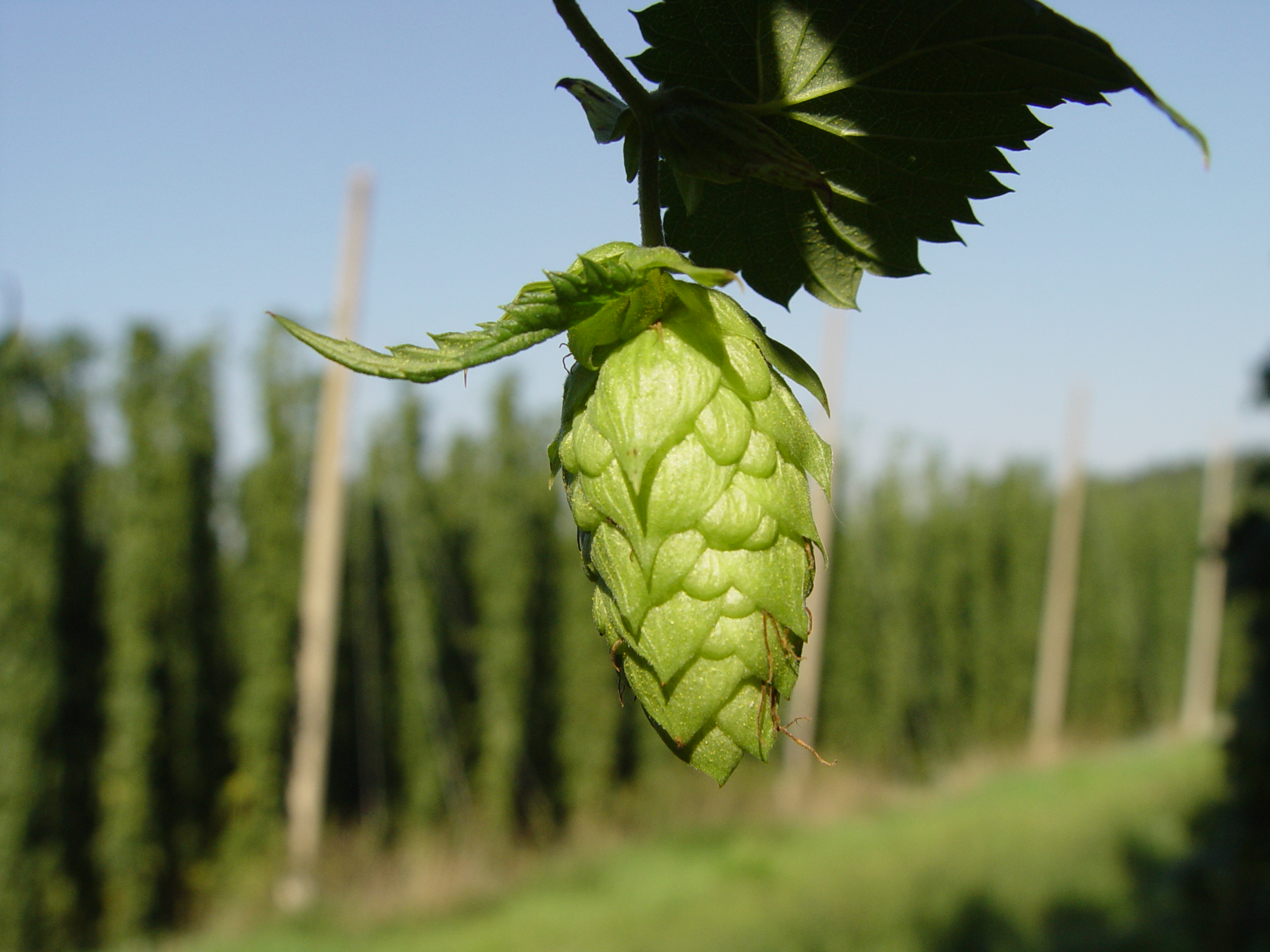Craft beer enthusiasts are well aware of the crucial role that hops play in creating the distinct flavours, aromas, and bitterness that define their favourite brews. But have you ever wondered about the chemistry behind hop compounds and how they contribute to the complexity of your beer? In this blog post, we will explore the fascinating world of hop chemistry and delve into the effects of different hop varieties and utilization techniques. By understanding hop compounds like alpha acids and essential oils, brewers can unlock the secrets to crafting well-balanced and aromatic beers that leave taste buds longing for more.
The Role of Hops in Brewing:
Before diving into the chemistry, let’s briefly understand the significance of hops in beer production. Hops not only provide bitterness, but they also contribute to the aroma, flavour, and overall balance of the brew. They act as a natural preservative, inhibit spoilage organisms, and add complexity to the beer’s sensory experience.
Alpha Acids and Bitterness:
Alpha acids are one of the most crucial components of hops responsible for the bitterness in beer. These compounds are known for their isomerization during the boiling process, transforming them into soluble forms that can be extracted and impart bitterness to the brew. Exploring the chemistry behind alpha acid isomerization can help brewers control bitterness levels and achieve the desired balance in their beer.
Hop Essential Oils and Aromas:
Beyond bitterness, hop essential oils are responsible for the captivating aromas that make beer so enjoyable. These volatile compounds give rise to floral, citrus, fruity, herbal, and spicy notes. Understanding the chemistry of hop essential oils, including compounds such as myrcene, humulene, and geraniol, allows brewers to select hops with specific aroma profiles and develop well-rounded and enticing aromas in their beers.
Hop Variety and Flavor Profiles:
Different hop varieties bring unique flavours to the table, offering brewers a vast palette of possibilities. Each variety has its own blend of alpha acids, essential oils, and other compounds that influence the flavour profile of the beer. Exploring the chemistry of hop varieties, their origins, and flavour characteristics can guide brewers in selecting the right hops to achieve their desired beer style and flavour goals.
Hop Utilization Techniques:
Apart from hop selection, how hops are utilized during the brewing process also affects the flavour and aroma of the final beer. Techniques such as dry hopping, whirlpool additions, and late kettle additions can emphasize certain hop characteristics. Understanding the chemical reactions and volatilization of hop compounds during different stages of brewing empowers brewers to utilize hops strategically and achieve desired flavour profiles.
Hop Storage and Stability:
To maintain the quality and effectiveness of hops, proper storage techniques are crucial. Exploring the chemistry behind hop degradation and the impact of factors like light, temperature, and oxygen exposure can help brewers preserve hop freshness, ensure consistency, and extend the shelf life of their beers.
Conclusion:
Hop chemistry is a fascinating aspect of craft brewing that unlocks endless possibilities for brewers to create flavourful and aromatic beers. By understanding the effects of hop compounds, alpha acids, and essential oils, brewers can skillfully select hop varieties, apply utilization techniques, and achieve the desired balance, bitterness, and aroma in their brews. So, the next time you sip on your favourite craft beer, take a moment to appreciate the intricate chemistry that went into creating that delightful experience on your taste buds. Cheers to the wonders of hop chemistry!






